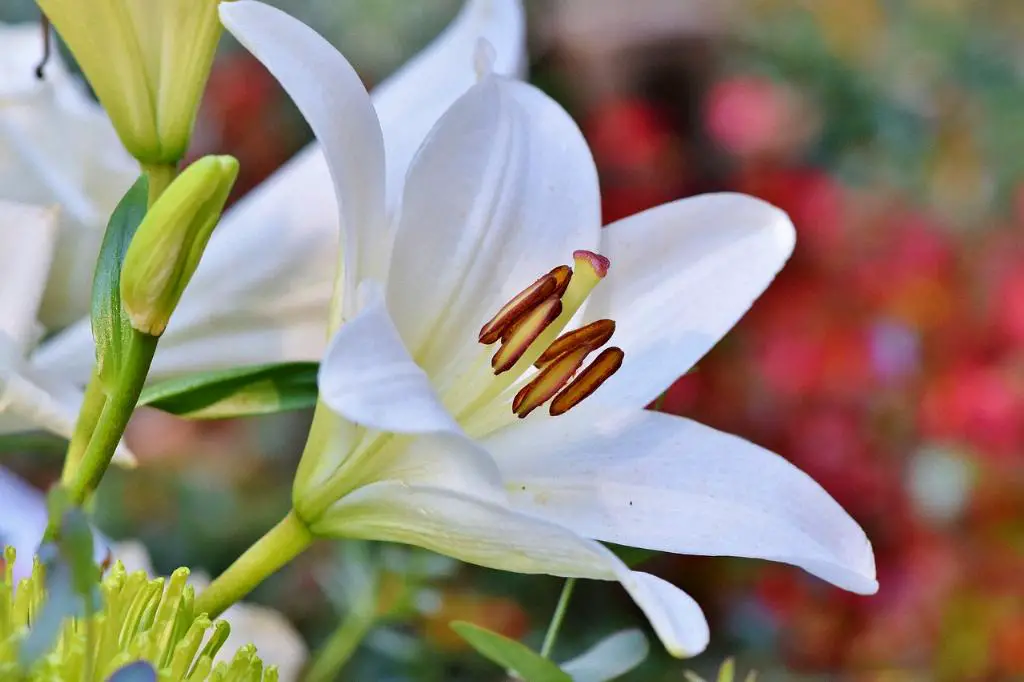Spider lilies, a unique and captivating flower with various symbolic meanings attached to them, have intrigued individuals for generations. These delicate blooms, known for their vibrant colors and distinctive appearance, hold deep significance in different cultures and traditions across the world.
One of the most commonly known meanings of the red spider lily is its association with sorrow and loss. This striking flower is often linked to somber emotions, such as bidding farewell or the passing of a beloved individual. The vivid red hues of the petals evoke a sense of melancholy and remembrance, making it a poignant symbol of final goodbyes and enduring memories.
In contrast, the white spider lily, scientifically known as Lycoris albiflora, represents a more optimistic outlook on life. The purity and innocence conveyed by the white blossoms embody notions of positivity, new beginnings, and the simple joy of living in the present moment. Symbolizing freshness and vitality, these flowers serve as a reminder to embrace life’s beauty and appreciate every fleeting moment.
Furthermore, the golden or yellow spider lily, also known as Lycoris aurea, carries connotations of prosperity and abundance. The rich golden tones of this flower symbolize wealth, success, and material prosperity. In many cultures, the yellow spider lily is believed to bring good fortune and financial blessings to those who possess or cultivate it, making it a popular choice for decorative and auspicious purposes.
Aside from their individual meanings, spider lilies as a whole are associated with transformation and rejuvenation. The blooming cycle of these flowers, which often occurs in late summer or early fall, signifies a period of transition and renewal. Just as the flower emerges from the ground and blossoms into full glory, so too can individuals undergo personal growth and development, shedding old habits and embracing new opportunities.
Moreover, spider lilies are often linked to themes of mystery and intrigue due to their unique appearance and elusive nature. The long, slender stalks topped with delicate clusters of petals create a sense of ethereal beauty and enigma, captivating onlookers and sparking curiosity. These flowers serve as a reminder of the wonder and magic that exist in the world, encouraging individuals to explore the unknown and embrace the unfamiliar.
Additionally, spider lilies have been associated with remembrance and commemoration in various cultures, particularly in relation to honoring the departed. In some traditions, these flowers are planted or displayed as a tribute to loved ones who have passed on, serving as a tangible symbol of eternal love and remembrance. The vibrant colors and striking appearance of spider lilies make them a fitting choice for memorializing cherished memories and paying homage to those who are no longer with us.
Symbolically, spider lilies are often regarded as symbols of transformation and rebirth, representing the cyclical nature of life and the inevitability of change. Just as the flower undergoes a process of growth, blossoming, and eventual decay, so too do individuals experience periods of growth, transformation, and renewal throughout their lives. By embracing the symbolism of the spider lily, one can find solace in the knowledge that change is a natural and inevitable part of existence, leading to personal growth and self-discovery.
Furthermore, spider lilies are celebrated for their resilience and ability to thrive in adverse conditions. These hardy flowers are known for their ability to withstand challenging environments and adverse weather conditions, symbolizing strength, perseverance, and determination. By drawing inspiration from the spider lily’s resilience, individuals can cultivate a sense of inner strength and fortitude in the face of life’s challenges, emerging stronger and more resilient in the process.
In Japanese culture, the red spider lily, or higanbana, holds a special significance and is often associated with death and the passage of souls into the afterlife. These flowers are commonly planted near gravesites or used in funerary rituals to guide the spirits of the deceased on their journey to the next world. The striking red blooms are believed to ward off evil spirits and protect the departed, ensuring a safe and peaceful transition to the afterlife.
On the other hand, Chinese folklore associates the spider lily with the legend of the White Snake, a tale of love, betrayal, and redemption. In this story, the white spider lily is said to have bloomed in the aftermath of a tragic love affair between a human and a supernatural being, symbolizing the enduring bond between lovers and the power of eternal love. The flower’s association with this poignant tale has elevated its status as a symbol of undying love and eternal devotion in Chinese culture.
In conclusion, spider lilies hold a myriad of symbolic meanings that reflect the complex and multifaceted nature of human emotions and experiences. Whether representing sorrow and loss, new beginnings and fresh starts, or prosperity and abundance, these enchanting flowers serve as a powerful reminder of the beauty, mystery, and resilience that define the human spirit. By embracing the symbolism of the spider lily, individuals can find solace, inspiration, and hope in the ever-changing tapestry of life.

